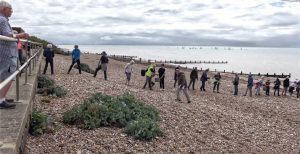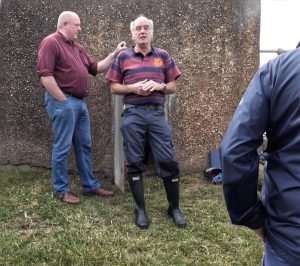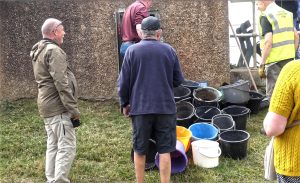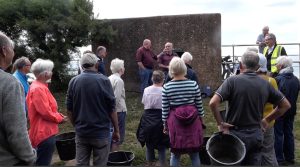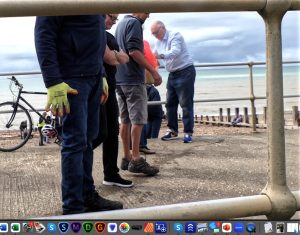In order to assist members with planning ahead and hopefully to come along to some of our monthly work parties, we have returned to the previous system of holding them on the same day each month.
From September, they will normally be held on the first Thursday of the month at 10am (and most of them only last for around an hour or so). The first one therefore will be on 7 Sept, meeting at the Community Orchard on Glebelands Recreation ground off Rife Way, and the task here will be to rake off the grass and vegetation around the fruit trees which should have been cut by Arun DC. If any of the apples there are ripe, some of these can be picked as well as a reward for turning up. If you’re able to help for an hour, it would be good to see you and please bring a grass rake or similar if you have one, and wear suitable clothing/ footwear for the job in hand.
As always with any of our outside events, if there is any doubt about the weather conditions on the day, please check our website
Looking ahead, the work parties will move around the various locations across the village that we look after, and the exact location and task will be publicised in advance each month. We’re also looking at individual members possibly take a particular interest in one of our locations and developing a simple plan of what needs doing and when, but more of that to follow later. We’re also grateful to new committee member Pete Coe who is coordinating the work parties alongside me.
David Bettiss – Chairman

